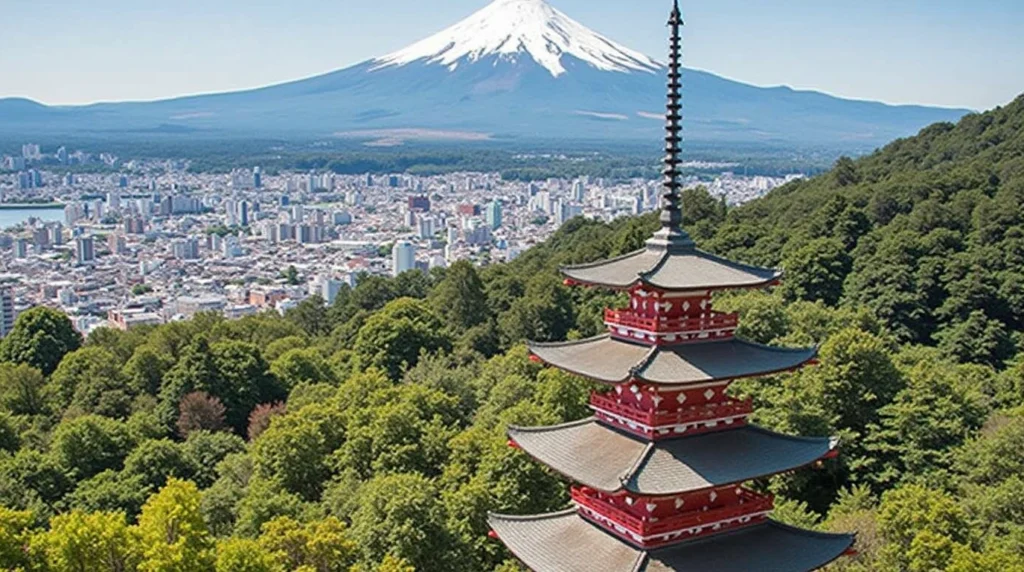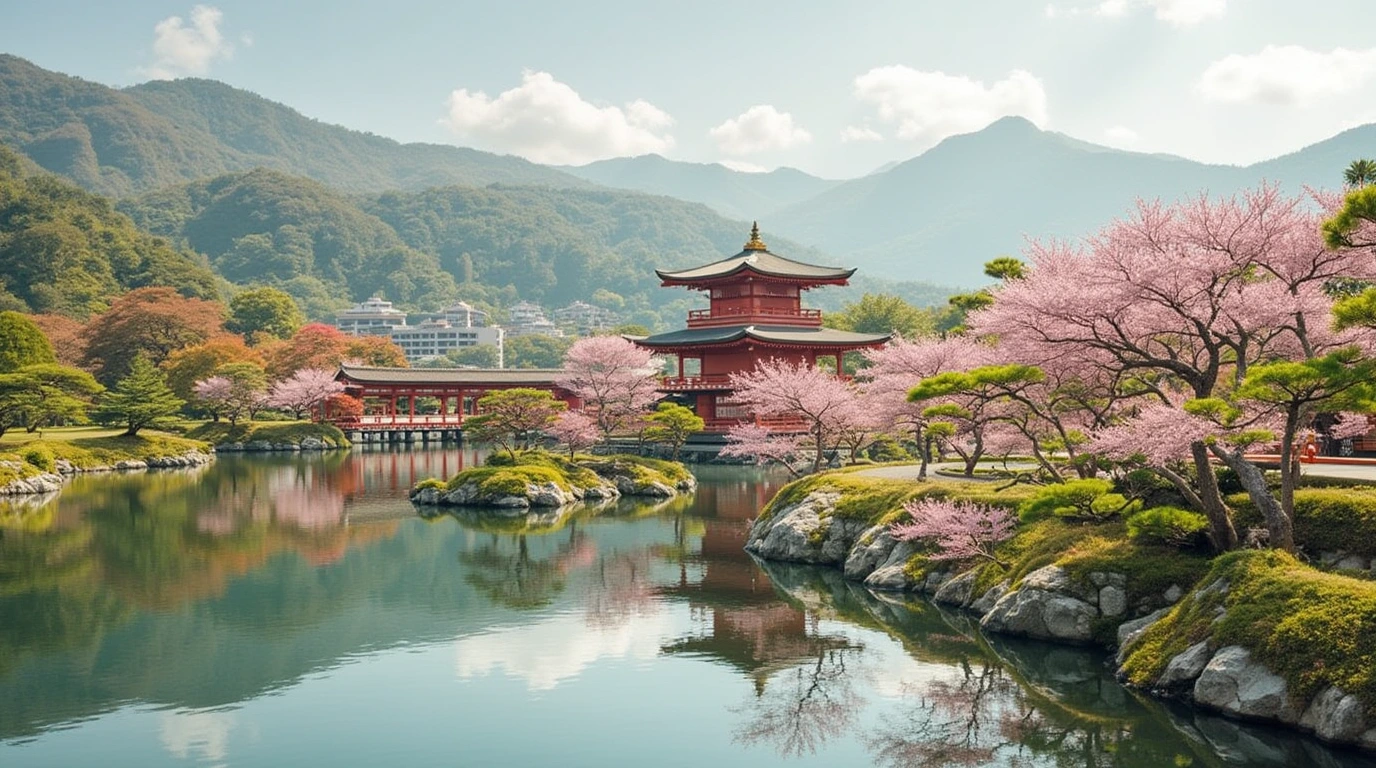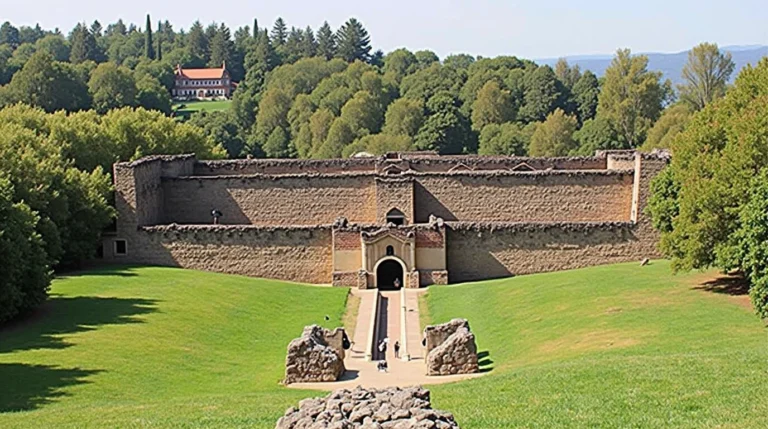The Best Time to Visit Japan: A Complete Guide

Table of Contents
The Best Time to Visit Japan: Planning a trip to Japan requires careful consideration of timing, as each season offers a unique perspective on this fascinating country. Whether you’re dreaming of cherry blossoms in full bloom, seeking autumn’s vibrant colors, or looking to score the best travel deals, choosing the right time to visit can make or break your Japanese adventure.
Japan’s Seasonal Symphony
Japan experiences four distinct seasons, each painting the country in different colors and atmospheres. The most celebrated times to visit are during spring (March to May) and fall (September to November), when natural beauty peaks and temperatures remain comfortable. However, these popular seasons come with higher prices and larger crowds, especially during cherry blossom season.
Spring: The Season of Renewal
Spring stands as Japan’s most iconic season, famous for its cherry blossom (sakura) displays. From late March to early April, the country transforms into a pink wonderland, with locals and tourists alike participating in hanami (flower viewing) parties beneath blooming trees. Tokyo and Kyoto see peak bloom in early April, while northern cities like Sapporo welcome these delicate flowers in May.
Beyond cherry blossoms, spring brings comfortable temperatures ranging from 55°F to 73°F in Tokyo, making it ideal for exploring cities and temples. However, this popularity comes at a price – expect higher accommodation costs and crowded attractions, especially during Golden Week (late April to early May).
Summer: Festivals and Humidity
Japanese summers (June to August) present a mixed bag of experiences. The season begins with the rainy period (June to mid-July), followed by months of high humidity and temperatures soaring above 86°F in urban areas. While these conditions might sound challenging, summer hosts some of Japan’s most exciting festivals and firework displays.
This season particularly suits travelers interested in climbing Mount Fuji (open July to early September) or exploring Hokkaido’s cooler climate. Summer also brings unique culinary experiences, with refreshing sōmen noodles and grilled unagi (eel) being seasonal specialties.
Autumn: Nature’s Color Palette
Fall rivals spring in popularity, offering comfortable temperatures and spectacular natural scenery. From September to November, Japan’s maple trees burst into fiery reds and golds, creating breathtaking landscapes, particularly in Kyoto’s temple gardens and Nikko’s national parks.
With temperatures ranging from 69°F in September to 62°F in November, autumn provides ideal conditions for outdoor exploration. The season brings harvest-time delicacies like matsutake mushrooms and sweet potatoes, adding culinary appeal to your journey.
Winter: Snow and Serenity
Winter (December to March) reveals a different side of Japan. While cities like Tokyo experience mild winters, northern regions like Hokkaido transform into winter sports paradises. This season offers unique experiences like soaking in outdoor hot springs (onsen) surrounded by snow, viewing snow monkeys in Nagano, or attending the Sapporo Snow Festival.
The winter months also represent Japan’s low season, except for the New Year period. Travelers can find excellent deals on flights and accommodations, making it an attractive time for budget-conscious visitors.
Strategic Timing for Specific Interests
For Theme Park Enthusiasts
Tokyo Disney Resort is best enjoyed during weekdays in spring or fall. Avoid summer months when heat and humidity can make long queues unbearable, and steer clear of Japanese holidays when local crowds peak.
For City Explorers
Urban adventures are most enjoyable during spring and fall. However, winter can offer unique perspectives on cities like Tokyo, with festive illuminations and fewer tourists. Each season brings distinct urban festivals, from summer’s Koenji Awa-Odori to autumn’s chrysanthemum exhibitions.
For Budget Travelers
The most economical times to visit are January to early March (excluding New Year’s) and during the rainy season. While weather conditions might not be ideal, the significant savings and fewer crowds can make up for it.
Times to Reconsider
While Japan can be enjoyed year-round, certain periods present particular challenges:
- Golden Week (late April to early May) brings domestic travel chaos and premium prices
- The rainy season (June to mid-July) can dampen outdoor plans
- Mid-summer heat in cities can be overwhelming, especially in Tokyo and Kyoto
- Typhoon season (May to October, peaking in August/September) can disrupt travel plans
Making Your Decision
The best time to visit Japan ultimately depends on your priorities. If viewing cherry blossoms is your dream, you’ll need to brave the crowds of spring. For comfortable sightseeing and autumn colors, plan for September to November. Budget travelers should consider winter months, while summer suits those interested in festivals and mountain activities.
Remember that Japan’s seasonal attractions extend beyond natural phenomena. Consider the country’s rich calendar of festivals, seasonal foods, and cultural celebrations when planning your visit. By aligning your travel dates with your specific interests and priorities, you can create an unforgettable Japanese adventure, regardless of when you choose to visit.
There are no reviews yet. Be the first one to write one.







